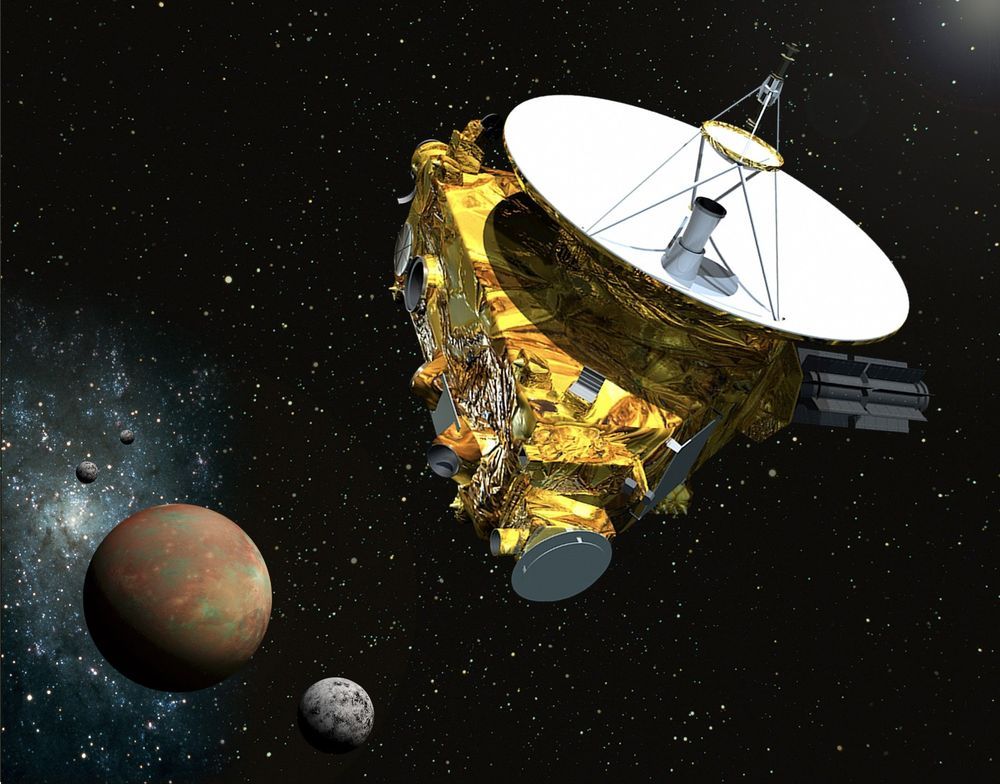An instrument aboard NASA’s New Horizons is sending back data that could help scientists predict when the unmanned deep-space probe will reach interstellar space. Using the Solar Wind Around Pluto (SWAP) instrument aboard the spacecraft, a team of researchers led by Southwest Research Institute are learning more about how the solar winds change in the outer regions of the solar system.
Though the solar system may look like a big ball of nuclear fire at the center surrounded by a scattering of tiny, solid objects sitting in a lot of very hard vacuum, all that nothingness is permeated by the solar winds – an unceasing flow of ionized particles from the Sun that forms an uneven bubble around our family of planets called the heliosphere.
The outer limit of the heliosphere is where it encounters materials from interstellar space. This is the point where the solar wind slow down to subsonic speeds due to interacting and then is stopped altogether by the interstellar medium. These two points are called, respectively, the termination shock and the heliopause.
